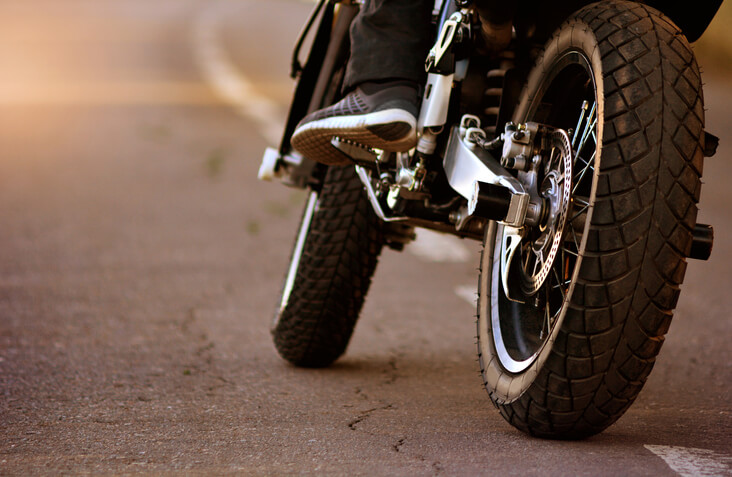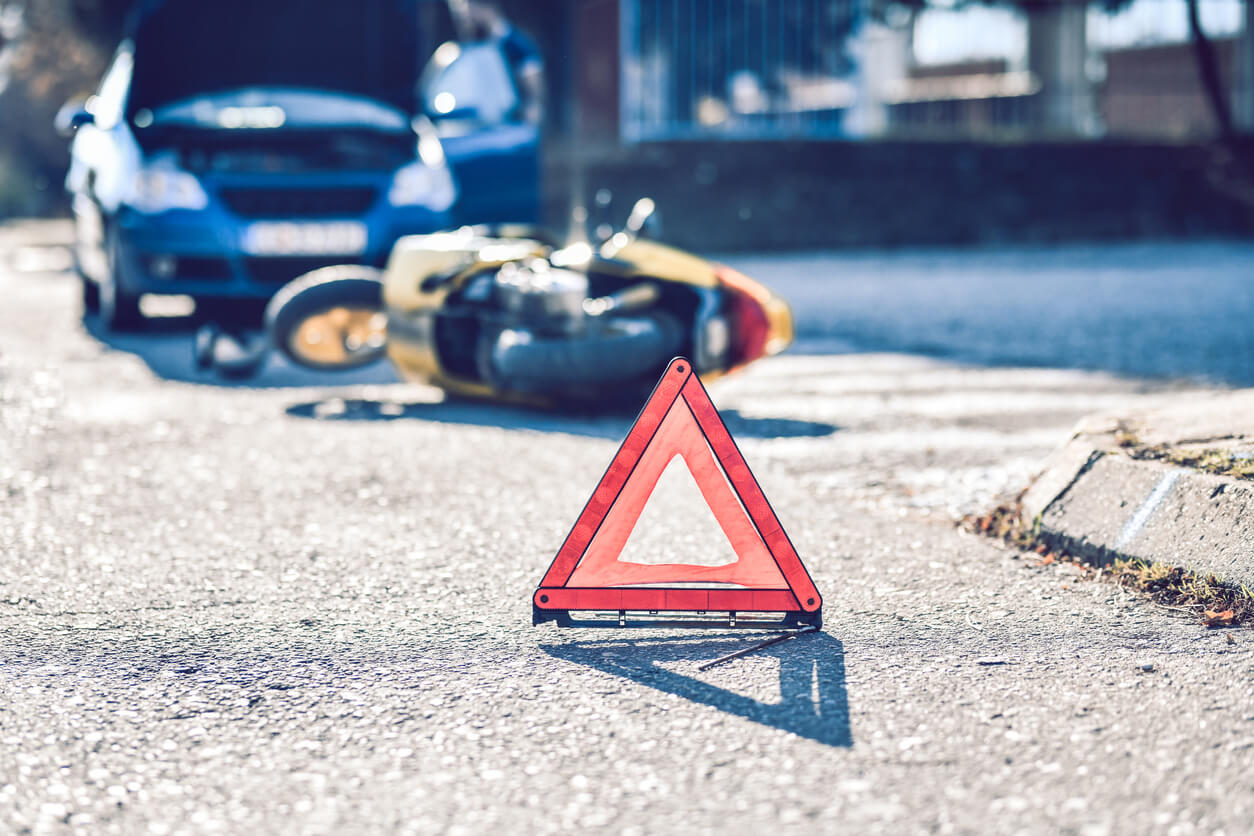Just like all car drivers in Pennsylvania need to carry proper insurance coverage, so do all motorcyclists in the state. Yes, Pennsylvania law mandates that those operating motorcycles must carry certain insurance coverage. As an aside, the state also requires riders who are not over 21 years of age and lack two years of riding experience or have not completed a PennDOT or Motorcycle Safety Foundation motorcycle safety course to wear protective headgear. Additionally, drivers that complete such courses, have safe driving records, or carry memberships in certain organizations, can even get discount on their motorcycle insurance coverage. Let’s take a look at what insurance Pennsylvania requires of motorcycles.
Pennsylvania Insurance Requirements for Motorcycles
Pennsylvania law mandates that motorcycles carry, at a minimum, the following insurance coverage:
- $15,000 per person and $30,000 per accident in bodily injury liability coverage
- $5,000 in property damage liability coverage
- $5,000 in first party benefits coverage
First party benefits coverage is a kind of medical payments coverage. It will go towards covering medical bills incurred by you or your passengers as a result of accident injuries.
You should note that the minimum insurance coverage required by Pennsylvania law is quite low. The state does not require anyone to carry Uninsured or Underinsured Motorist coverage either. Just because higher coverage limits and optional coverage such as UM/UIM is not required, does not mean you shouldn’t consider expanding your motorcycle insurance coverage. After all, UM/UIM coverage is not particularly expensive, but its potential benefits are great. You will likely find this coverage to be more than worthwhile if you are injured in an accident caused by someone who is uninsured or underinsured.
Most of Pennsylvania’s required motorcycle insurance coverage will go towards paying the expenses of others should you be the cause of an accident. You may wish to consider, however, expand your coverage so that you are protected as well. For instance, collision coverage will help protect your bike. It can go towards paying for damages sustained by your bike as a result of a collision, whether you caused the collision or not. Comprehensive coverage can protect you from damages you sustain due to things that are beyond your control. This includes a wide range of things varying from natural disasters to theft, and to accidents with wild animals, such as dear. It may also be wise to consider expanding your medical payments coverage. Consider the severity of injuries that can easily be sustained in the event of a motorcycle crash. Motorcyclists are at particular risk of sustaining catastrophic injuries in a crash due to the simple fact that they lack the basic protections afforded by other motor vehicles. Without insurance coverage, out of pocket medical expenses can devastate a person’s financial situation.
Philadelphia Personal Injury Attorneys
If you or a loved one has been injured in a motorcycle accident, do not delay in reaching out to the team at Cooper, Schall & Levy for assistance. Contact us today.




